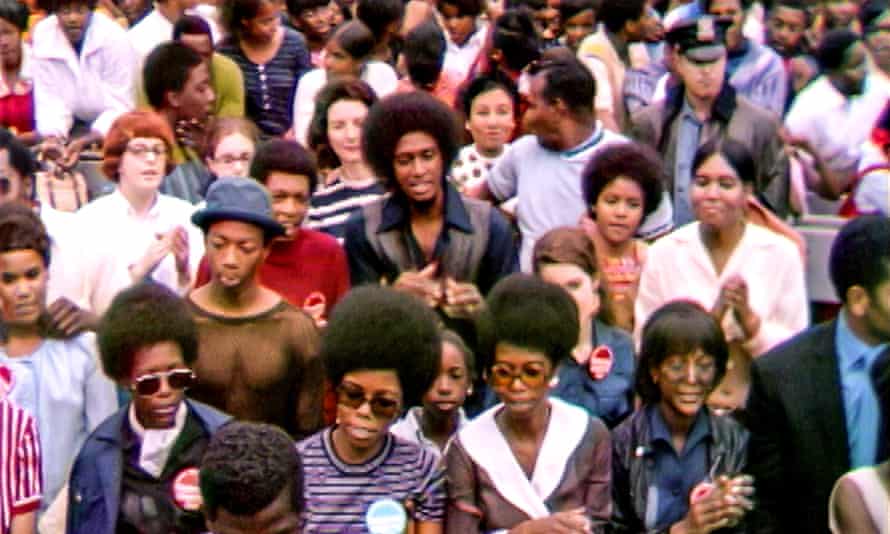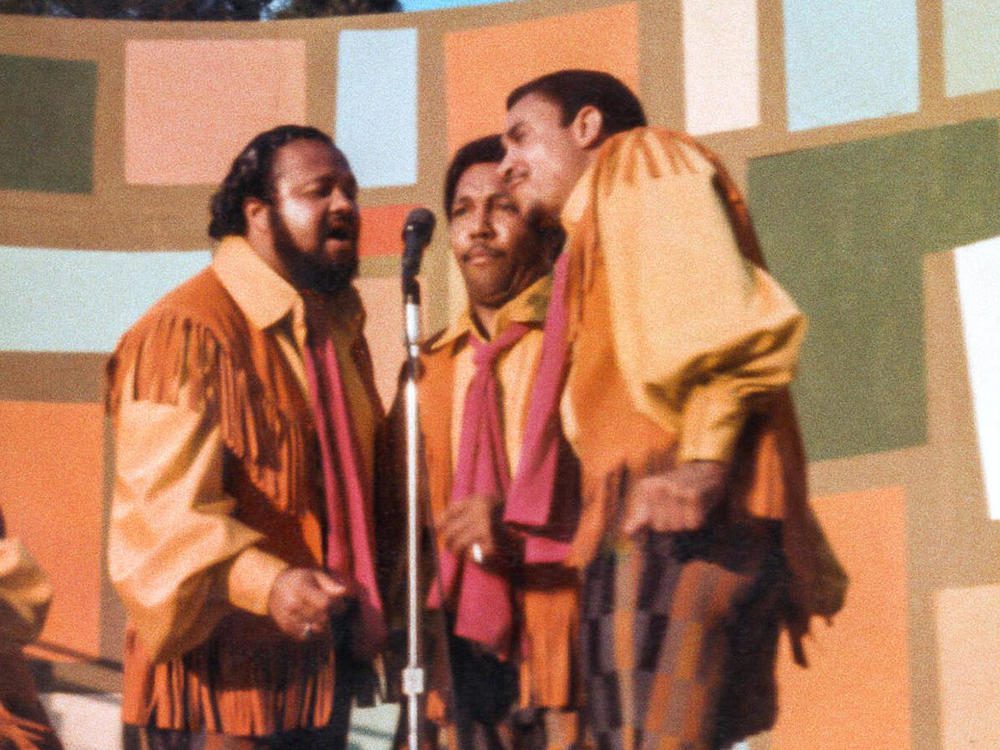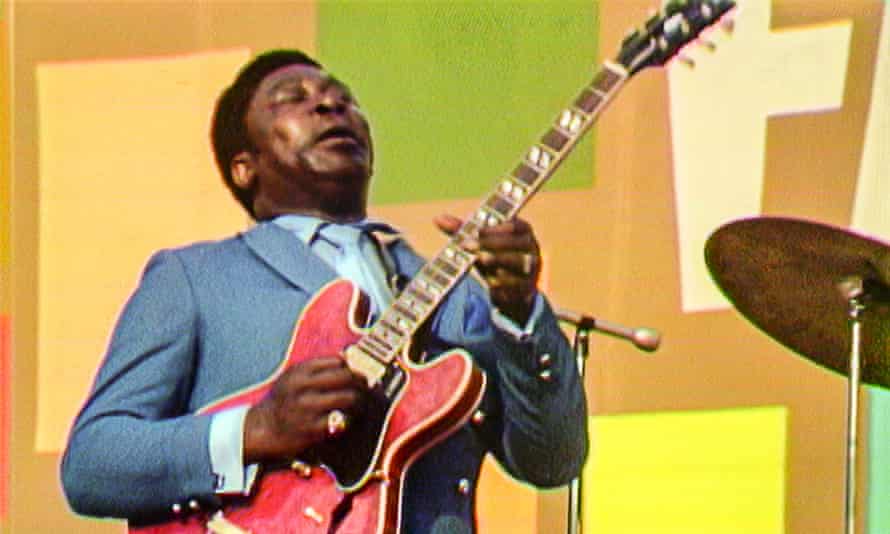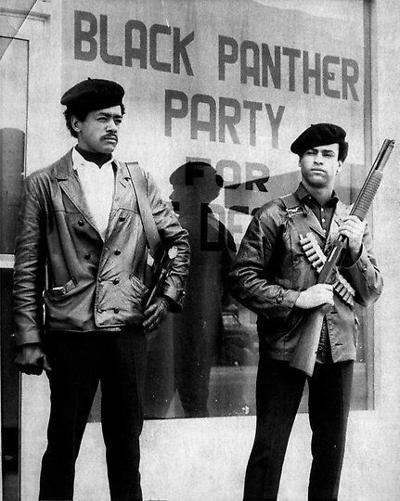In 1969, the Harlem Cultural Festival, also called the Soul Music Festival, was held. Every Sunday for six weeks at Mount Morris Park in Harlem, popular soul, blues, gospel, and jazz artists came to perform to a vast crowd and display the musical talent of the era. This festival was held amidst the black revolution and the Black Power Movement in the city that almost represented blackness. Captured on film but never viewed (until recently), Summer of Soul takes viewers on a journey through the festival – allowing viewers to see the performers, hear the music, participate in the crowd, and just, overall, experience the Summer of Soul.




The festival lineup was filled with leaders in black music. BB King – the king of blues – Stevie Wonder – a pioneer across multiple genres – Mahalia Jackson – one of the most influential gospel singers – and Gladys Knight – the “Empress of Soul” – all performed at the Soul Music Festival.
Some of the other artists included:
– Herbie Mann
-5th Dimension
– Edwin Hawkins
-Pop Staples & The Staple Singers
-Jesse Jackson
-David Ruffin
-Sly and the Family Stone
-Ray Barretto
-Abby Lincoln and Max Rich
-Nina Simone
The blending of genres during the Summer of Soul was an indication of the influence that gospel, jazz, blues, and other black music genres had on 70s R&B and soul. Most singers or groups could fit into more than one genre and were, therefore, able to blend multiple genres into their songs. R&B’s influence on gospel was shown in the songs of Pops Staples and The Staple Singers. R&B and soul’s influence on the development of the Afro-Cuban Jazz Fusion genre – a new genre in black music – was shown at the concert as well. Psychedelic soul was another subgenre played. Sly and the Family Stone was a prominent band in the concert that was influential in the development that subgenre.
The 60s and 70s were the years of a black revival. Martin Luther King Jr. had been assassinated just a year before the festival, the Civil Rights Act of 1968 was just passed, and the Black Panthers were a prominent group in the black community. The concert was a show of the significance of music in the lives of black people. It was a political statement for black and brown communities – an open display of black unity and pride and black fashion. Dashikis, afros, and other black fashion statements were seen at the festival. The songs at the Soul Music Festival also communicated blackness in the lyrics and the ways they were performed. “To Be Young, Gifted, and Black” by Nina Simone and “Oh Happy Day” by the Edwin Hawkins Singers were two hits communicating blackness that were played at the festival. The Black Panthers provided security for the festival which communicated this sense of black community – we watch out for each other even when others don’t.
When concertgoers were asked about the significance of the Harlem Cultural Festival compared to the landing on the moon, they confirmed what we figured was true – they were more concerned with the events of the festival than the events that concerned the rest of America. Some even considered the Soul Music Festival the Black Woodstock.


Login to your account